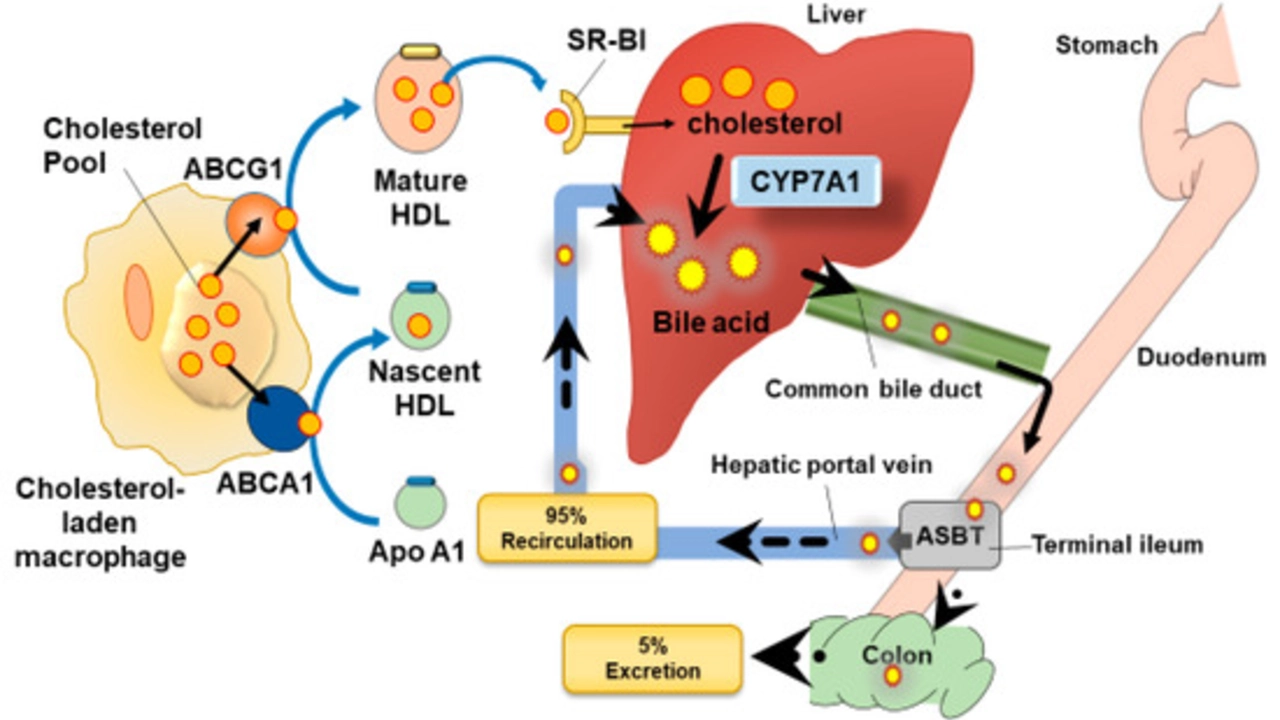Bile Acid Sequestrants — what they do and who they help
Bile acid sequestrants are a group of medicines that bind bile acids in your gut. That sounds technical, but the result is simple: your liver uses more cholesterol to make new bile acids, which lowers LDL ("bad") cholesterol. These drugs also help with bile-acid related diarrhea and itching from certain liver problems. Common names you’ll see are cholestyramine, colestipol, and colesevelam.
How they work and common uses
They act inside the intestine and are not absorbed into the bloodstream. Because of that, they don’t stress the liver the way some other cholesterol drugs can. Typical uses include lowering LDL cholesterol when statins aren’t an option or need a boost, treating chronic bile-acid diarrhea, and easing cholestatic itch (pruritus) in some liver conditions. Expect LDL drops in the ballpark of 10–25%, depending on the drug and dose.
Colesevelam is usually easier on the stomach than older options and has fewer drug-binding problems, which is why many doctors prefer it when tolerance is an issue. Cholestyramine is often used specifically for bile-acid diarrhea or severe itching because it’s been around longer and is effective for those symptoms.
Practical tips and safety
Side effects are mostly in the gut: constipation, bloating, gas, and sometimes nausea. Drinking more water, increasing fiber slowly, and using a stool softener if your doctor agrees can help. These medicines can also lower absorption of fat-soluble vitamins (A, D, E, K) and interfere with other drugs. Always separate doses: take other oral meds at least 1–4 hours before or after a bile acid sequestrant — your pharmacist or prescriber will tell you the exact gap for each drug.
Watch your triglycerides. If yours are high to begin with, these drugs can sometimes raise triglyceride levels, so your provider will check labs before and after starting treatment. People with a history of very high triglycerides or complete bile obstruction should avoid them.
Practical dosing tips: powders like cholestyramine mix with water or soft food — stir well and drink quickly to avoid clumping. Pills like colesevelam are easier if you dislike gritty drinks. If you take thyroid medicine, certain heart drugs, or oral contraceptives, remind your clinician — timing adjustments are common.
Ask your doctor when you should consider alternatives. Statins, ezetimibe, or PCSK9 inhibitors may be better choices depending on overall risk and side-effect profile. If you get new belly pain, sudden worsening of constipation, or unexplained bruising or bleeding, contact your provider quickly.
Short, practical takeaway: bile acid sequestrants work inside the gut to lower LDL and treat bile-related symptoms. They’re safe for many people, but watch for constipation, interactions, and changes in triglycerides. Ask for clear timing advice when you start a prescription so other meds keep working properly.
